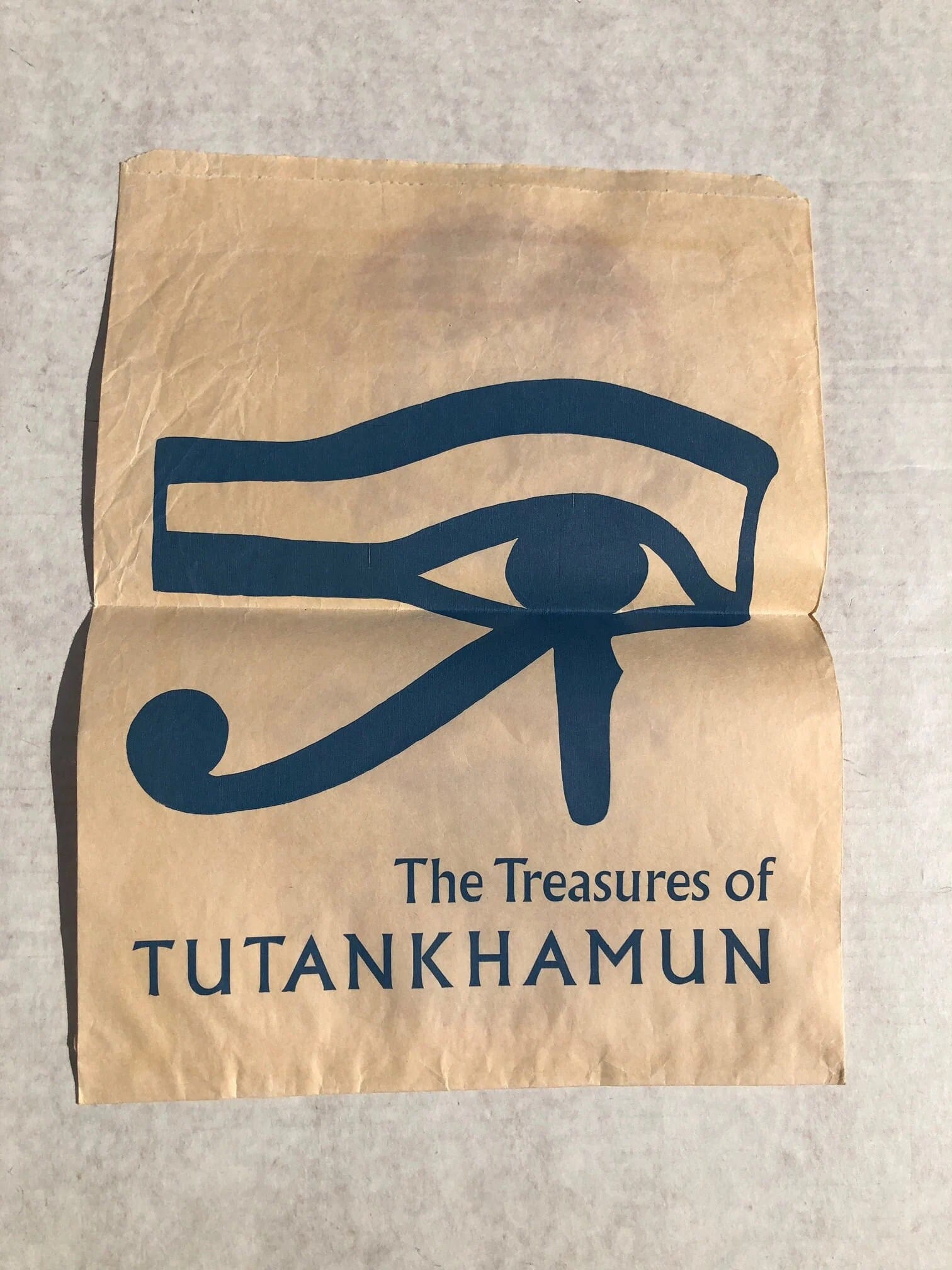The 1970s weren’t just a decade of bell bottoms and disco; they marked a global cultural phenomenon known as “Tut-mania.” Sparked by a series of groundbreaking exhibitions showcasing the treasures of the boy king, Tutankhamun, the world became captivated by ancient Egypt. These exhibitions, from the landmark display at the British Museum in London to their subsequent world tours, weren’t merely museum displays; they were carefully orchestrated events that wielded cultural diplomacy, shaped national identity, and forever altered our perception of ancient Egypt.
Beyond Tut-mania: The Untold Story of Tutankhamun’s Treasures in the 1970s
While Howard Carter’s 1922 discovery of Tutankhamun’s tomb initially sent ripples through archaeological circles, it took several decades for the pharaoh’s story to truly grip the global imagination. The post-World War II era saw a surge in public fascination with ancient Egypt, fueled by media portrayals and a growing thirst for understanding the past. By the 1960s, UNESCO’s efforts to salvage Nubian monuments, threatened by the Aswan High Dam project, brought Egypt’s cultural heritage into sharp focus. These campaigns highlighted the need for international collaboration and substantial funding to preserve these irreplaceable relics.
Egypt’s Cultural Strategy: Tutankhamun as Global Ambassador
Recognizing an opportunity, Egyptian President Anwar Sadat saw in Tutankhamun’s treasures a chance to achieve both cultural and political goals. The early 1970s marked a period of shifting alliances and Egyptian efforts to assert its national identity on the world stage. The exhibitions became a strategic tool to generate much-needed revenue for archaeological preservation, particularly the threatened Nubian sites. Moreover, they aimed to bolster tourism to Egypt and project a positive image of the nation, especially to the West.
1972: The British Museum Exhibition – A Defining Moment
Commemorating the 50th anniversary of Carter’s discovery, the 1972 “Treasures of Tutankhamun” exhibition at the British Museum became a watershed moment. The unprecedented loan of 50 artifacts, including Tutankhamun’s iconic gold burial mask, captivated the public imagination on an unprecedented scale. Over 1.6 million visitors, enduring hours-long queues, flocked to experience the splendor of ancient Egypt. The media frenzy surrounding the exhibition transformed it into a global sensation, with extensive coverage fueling a “Tut-mania” that permeated popular culture.
The Global Tour: Spreading “Tut-mania” Throughout the Decade
Capitalizing on the success of the London exhibition, Tutankhamun’s treasures embarked on a global tour throughout the 1970s, captivating audiences in the United States, Japan, the USSR, and beyond. The exhibitions were carefully curated for diverse audiences, accompanied by catalogues, documentaries, and educational programs that deepened understanding and appreciation for ancient Egyptian culture. The impact transcended museum walls, influencing fashion, design, music, and sparking renewed global interest in ancient history and archaeology.
Tutankhamun’s Enduring Legacy
The 1970s “Tut-mania” phenomenon cemented Tutankhamun’s status as the world’s most famous pharaoh, his name synonymous with ancient Egyptian allure. The exhibitions, however, represent far more than a fleeting cultural craze. They set a precedent for blockbuster museum shows, demonstrating the power of ancient artifacts to draw massive crowds and generate significant revenue. More importantly, they showcased the potential of cultural diplomacy, fostering cross-cultural understanding and appreciation. The exhibitions’ legacy continues to shape how we experience ancient Egypt today, reminding us of the enduring power of the past to captivate and inspire.
When Was the Tutankhamun Exhibition in the UK?
The landmark “Treasures of Tutankhamun” exhibition graced the hallowed halls of the British Museum in London in 1972. This pivotal event wasn’t merely a showcase of ancient artifacts; it marked the 50th anniversary of Howard Carter’s momentous discovery of Tutankhamun’s tomb, forever linking the pharaoh’s legacy with the annals of archaeological history. The exhibition’s resounding success, drawing over 1.5 million visitors eager to glimpse the splendor of Tutankhamun’s treasures, solidified his iconic status and ignited a global fascination with ancient Egypt.
Who Owns King Tut’s Artifacts?
The question of ownership over Tutankhamun’s treasures remains a complex and often debated topic. Egypt, unequivocally, asserts that all artifacts discovered within its borders, including those from Tutankhamun’s tomb, belong to the nation. This stance is firmly rooted in international law, conventions, and domestic legislation designed to protect cultural heritage. For Egypt, these artifacts represent an intrinsic part of their national identity and history, not merely objects to be admired for their aesthetic value.
However, the debate extends beyond legal frameworks. Some argue that these treasures hold significance for all humanity and should be shared more widely. They point to the role of international collaboration in archaeological discoveries and the potential for these artifacts to foster cross-cultural understanding. Others express concerns about cultural exploitation and the ethics of displaying artifacts far from their origin. While Egypt maintains legal ownership, the discussion surrounding who should control access to the past and how these objects are best shared with the world is likely to continue.
Has Tutankhamun Ever Been in London?
While Tutankhamun himself hasn’t strolled the streets of London (at least not in recent history!), his presence has been undeniably felt through the display of his awe-inspiring treasures. Beyond the groundbreaking 1972 “Treasures of Tutankhamun” exhibition at the British Museum, which drew an astounding 1.5 million visitors, London has hosted numerous exhibitions featuring artifacts from his tomb. These displays have contributed significantly to the city’s vibrant arts scene and sparked a lasting fascination with ancient Egypt.
The impact of Tutankhamun’s treasures extends beyond museum walls, inspiring artists, writers, and musicians. Each exhibition offers a captivating glimpse into a bygone era, reminding us of the enduring allure of ancient Egypt and its ability to transcend time and captivate modern audiences. London’s connection to Tutankhamun, forged through these remarkable exhibitions, ensures that his story and the wonders he left behind continue to resonate in the heart of this bustling metropolis.
Internal Link:
Discover the depths of granite mining in Georgia at a quarry that boasts an impressive 45-foot drop! Explore the unique granite mining quarry in ga 45 feet and witness the intricate processes involved in extracting this natural resource.
- Revolution Space: Disruptive Ion Propulsion Transforming Satellites - April 24, 2025
- Race Through Space: Fun Family Game for Kids - April 24, 2025
- Unlocking the Universe: reading about stars 6th grade Guide - April 24, 2025
















